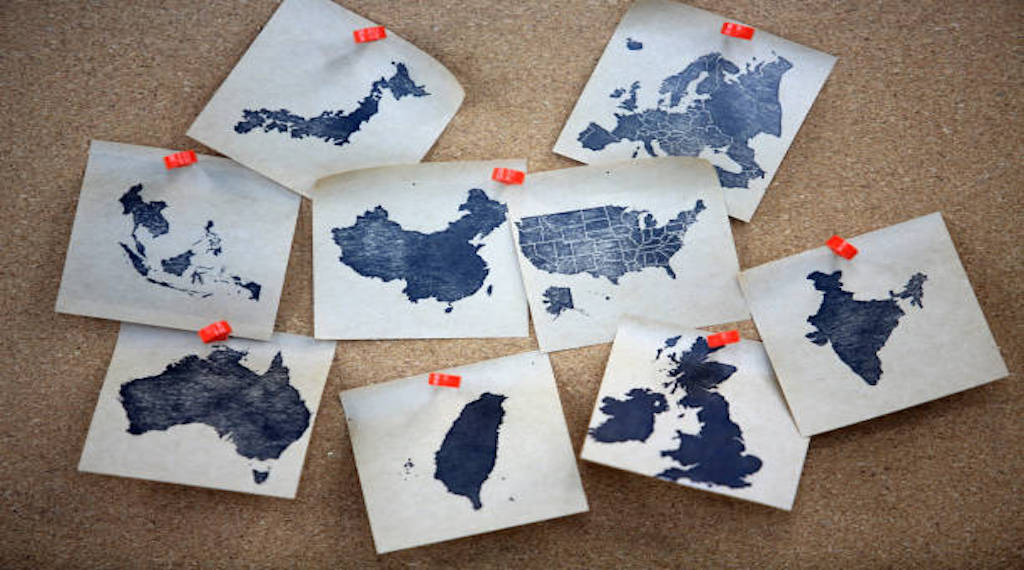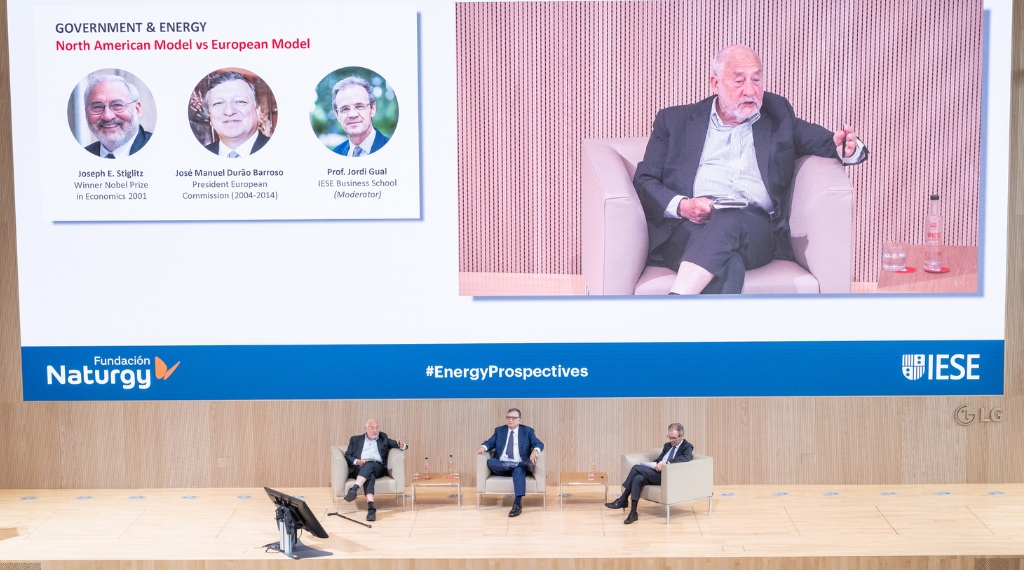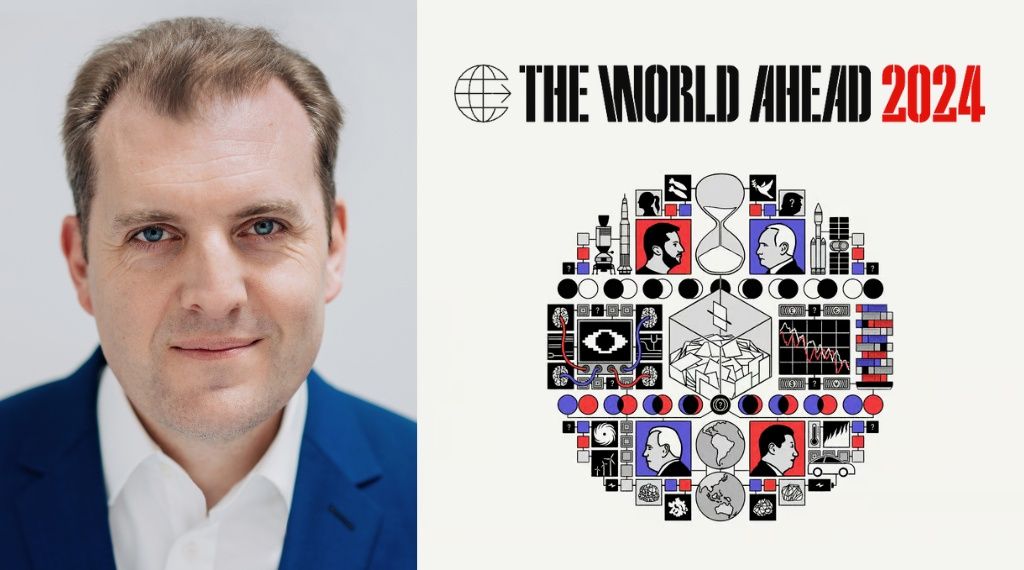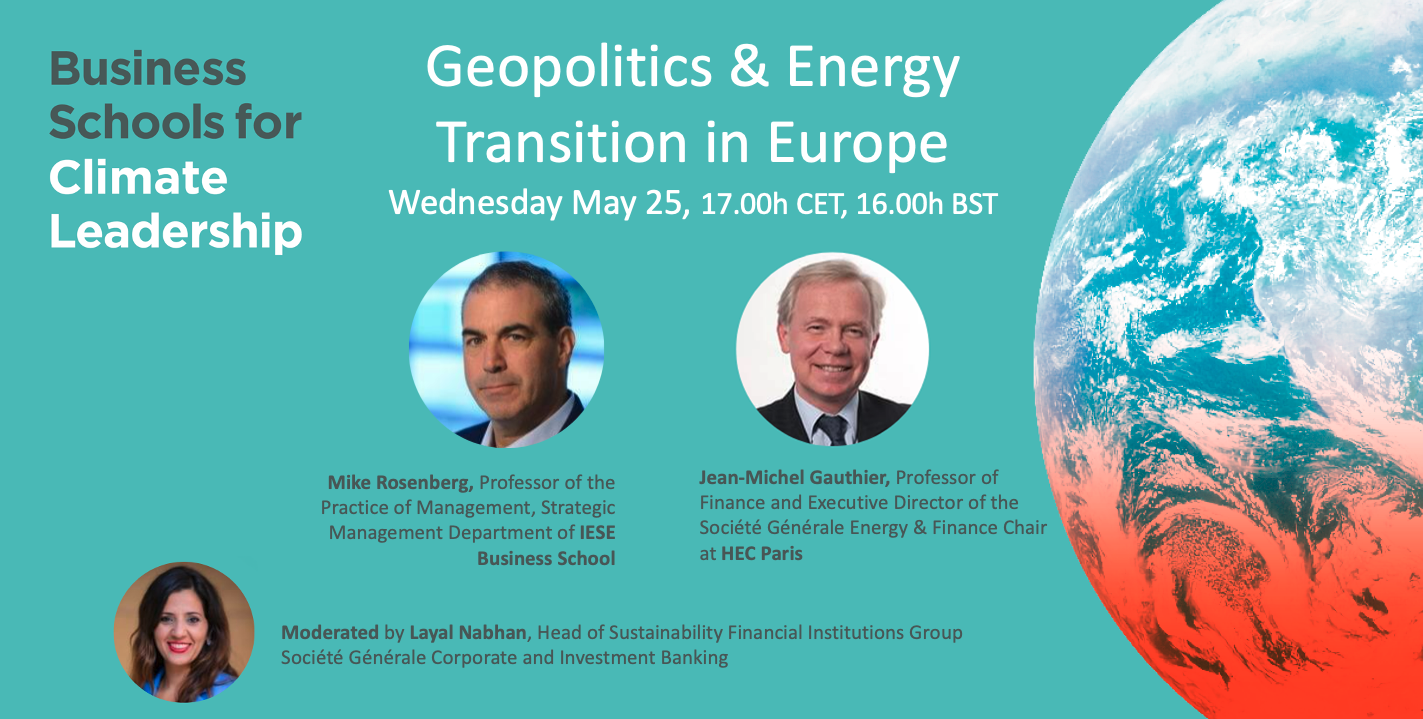Stories
The world to come in 2022
In alumni session, The Economist's Tom Savage predicts the pandemic and politics will shape the year
The pandemic, political instability and climate change will define the year.
February 9, 2022

The Economist’s much-anticipated annual preview of the year ahead has become an increasingly tough act to pull off over the past two years of public health and worsening climate crises.
But Deputy Editor Tom Standage and his colleagues again rose to the challenge in putting together “The World Ahead 2022.” Standage, who edits the special feature, discussed the publication’s analysis with Professor Juan José Toribio at an IESE Alumni online session.
A less deadly virus
One reason for cautious optimism is that COVID-19, nearly two years after being declared a global pandemic, is likely approaching an endemic stage as the Omicron wave of the virus, which generally has caused less severe illness, recedes. This will result in less public panic and fewer severe measures taken to halt the virus’ spread, all to the global economy’s benefit.
Standage noted that one significant exception to this trend is China, which is the last country pursuing a zero-COVID strategy. “This doesn’t look likely to change until China develops an mRNA vaccine,” he said. “This will probably lead to another year of lockdowns and closed borders given that China doesn’t want to use Western vaccines.”
On the subject of vaccines, Standage added that nasal and skin patch options currently in development could be game changers, particularly in developing countries with lagging vaccination campaigns.
The future of work
While we may be past the worst of the pandemic, its effects on society will be felt for years, if not decades. This is already apparent in regard to the future of work. “There’s broad agreement that for white collar work, the future is hybrid,” Standage said. Still, there are fault lines when it comes to what that hybrid model will be.
“Bosses want to go back to the office more than workers,” Standage said. “And workers want to go back less than they say they do. Given the choice, most want to be at home four or five days a week, even if they say two or three.”
This could become problematic since female workers and employees of color are especially reluctant to return to offices. If that leads to proximity bias by managers, pay gaps could widen and workplace inclusion could erode.
A new form of inflation
While the pandemic caused only brief havoc in certain areas of the economy, blocked supply chains and runaway inflation will almost certainly persist throughout the coming year. This will put central banks in a tough spot. “Raising interest rates will likely be necessary,” Standage said. “But that doesn’t unblock supply chains. It may in fact make it harder, because that would require investment by companies.”
Standage stressed that this is not a repeat of ‘70s-style inflation. “As opposed to then, we’re seeing rapid growth thanks to stimulus,” he said. “We also don’t have high unemployment. We have the opposite, a labor shortage. That’s good news, but bad news in terms of being in uncharted territory. Given that, how can we determine the right levels of response?”
Democracy at risk
As for the geopolitical realm, Standage said “we’re clearly at the end of a period of relative geopolitical stability that followed the collapse of the Soviet Union.” This is most apparent in the ongoing rivalry between the United States and China, which Standage sees as a broader international conflict between democracy and autocracy.
“Both countries are keen to demonstrate superiority through growth and innovation,” he said. “The problem is that democracy has been in recession for a while and the US in its current state is a dysfunctional advertisement for it.” Political chaos in the US and the prospect of another Trump presidency play perfectly into China’s hands. “It’s a gift to propagandists that America is in such a mess,” Standage said.
This political instability is aggravated by climate change. On that front, Standage was encouraged to see net-zero pledges now covering 90% of the global economy. Yet the COP26 conference was a “disappointment” and the inevitability of more extreme weather in 2022 may be the only thing to “refocus minds.”
Despite all this and more uncertainty, Standage was confident of one thing regarding a world eager to move on from the pandemic.
“Will we go back to normal?” he said. “Well, I don’t think we will. Not to the normal of before the pandemic. The coming decade will look a lot more like right now than then.”


